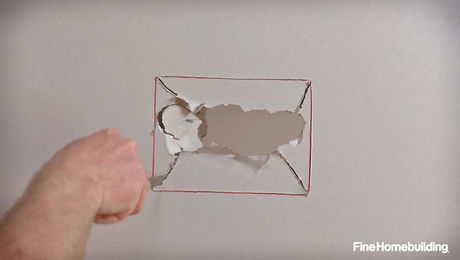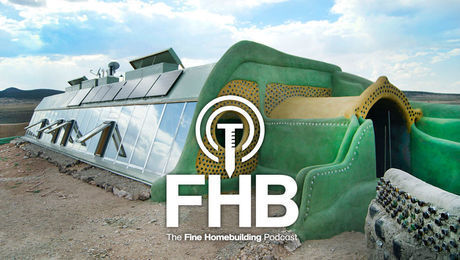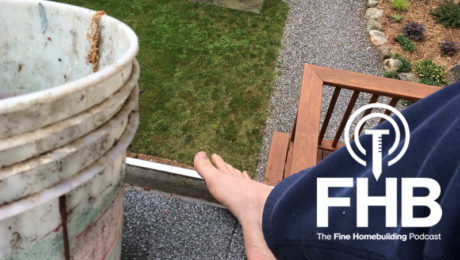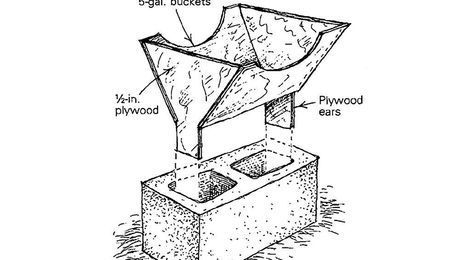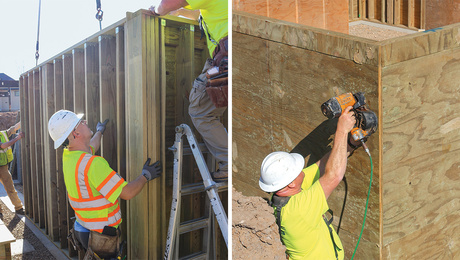Sealing a Crawlspace
Close the vents and let a heavy-duty vapor barrier keep moisture, mold and radon out of the living space.
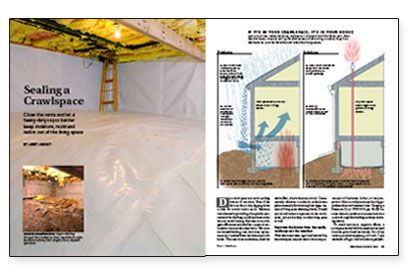
Synopsis: This article explains how unwanted moisture — in the form of water or water vapor — can enter a crawlspace with a dirt floor, and describes the materials and methods the author uses to prevent this from happening. A sidebar explains the problems that damp crawlspaces can cause in the home.
Dirt crawlspaces are never-ending sources of moisture. Even if the dirt’s surface is dry, digging down a little bit reveals moist earth. Moisture ruins houses by providing a hospitable environment for the fungi, mold and insects that destroy wood framing. Moisture in a crawlspace affects not only the floor system directly above it but also the entire house. Warm air in a heated building rises. As it rises, replacement air is sucked from the lowest part of a house. This natural air movement, called the stack effect, is how chimneys work. Consequently, whatever is in the air at the lowest point eventually flows through the upper sections of living space. If mould spores and radon are present in the crawlspace, you can bet they’re in the living space as well.
Separate the house from the earth, and keep out the weather
With little headroom, light and habitability, the crawlspace may not seem to be an important part of the house. In fact, it’s very important. Moist crawlspaces may be a bigger problem than wet basements because they can produce an unseen moisture stream through the building envelope.
To avoid moisture’s negative effects, a crawlspace should be fully sealed and isolated from the ground and the outside. Part of my technique involves placing a 20-mil, 7-ply sandwich of high- and low-density polyethylene with polyester-cord reinforcement on the dirt floor and up the walls. I have this pool-liner-like sheeting made specially for my system (www.basementsystems.com). It is easily strong enough to crawl on and to store materials on. Its bright white color makes the crawlspace a light, relatively pleasant place to be. A vapor barrier such as Tu-Tuf (Sto-Cote Products Inc.) also could be used, but it offers less durability, UV-resistance and fire resistance. Some contractors solve the problem of moist crawlspaces by pumping in concrete. But for this method to work, the concrete needs a vapor barrier. Even with a vapor barrier, this alternative doesn’t address water-vapor diffusion through the walls. If the vapor barrier is doing all the work, then why use expensive concrete?
For more photos, drawings, and details, click the View PDF button below:










